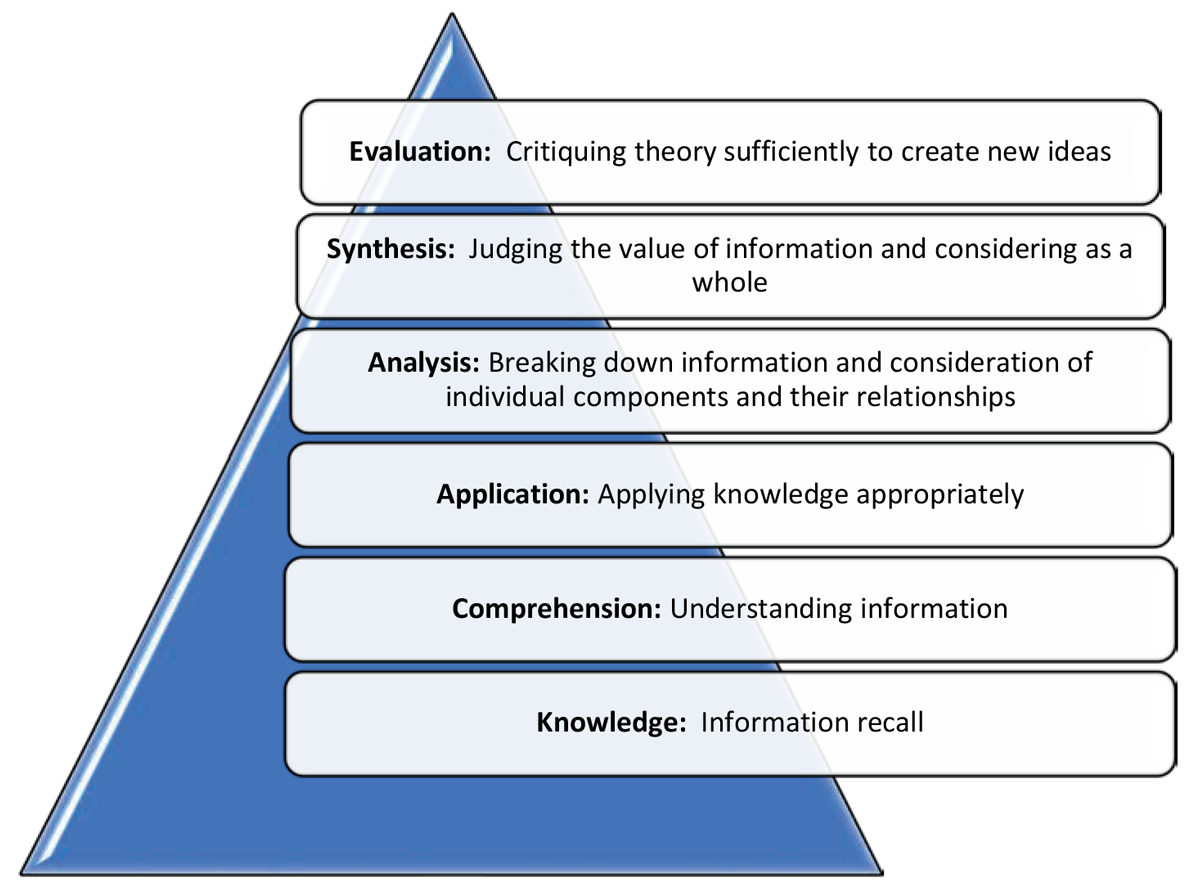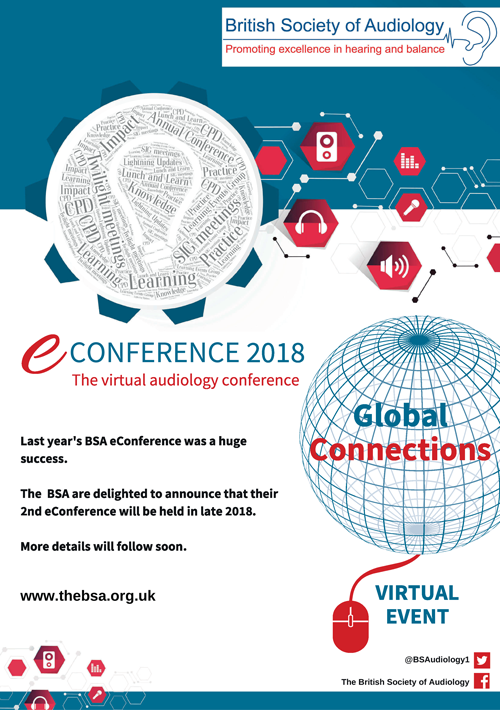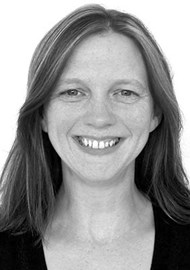In this article Siobhán Brennan explores continuing professional development (CPD) in all its glory! She outlines why it’s important to continue learning throughout our careers, highlights some of the challenges facing those trying to undertake CPD and discusses the variety of formats such learning can take.
Why do we learn? Within a professional context, the basic motivation is typically to improve the quality of our work which will benefit our patients, their families and our colleagues. Continuing professional development (CPD) is defined by the Health and Care Professions Council as, “the way in which you continue to learn and develop throughout your career so you keep your skills and knowledge up to date and are able to practise safely and effectively”.
Evidence of this learning can satisfy our employers and regulatory bodies that the standard of our work continues to evolve. It is also beneficial to ourselves; as our skills improve, this can reduce work-related stress and improve our employability prospects. What is frequently forgotten is that it can also provide considerable enjoyment! There’s usually an interest in a particular topic that drew us to our career and the pleasure in absorbing and exploring more information around that area can be immensely satisfying.
Identifying gaps in knowledge can be one of the most difficult aspects of learning, particularly acknowledging that some of these gaps may be areas that are fundamental to your practice. We have to remember, however, that when we have been in practice for a long time, some areas of our initial training may have become rusty! Relooking at fundamentals of practice as refreshers can be eye-opening and reassuring in equal measure.
“There’s usually an interest in a particular topic that drew us to our career and the pleasure in absorbing and exploring more information around that area can be immensely satisfying.”
Making the most of CPD opportunities requires some planning. Formal course providers should have a set of intended learning outcomes (ILOs). These are the specifics of what they expect the student to gain from the course. It is helpful for the students to know what these are, and to consider their own ILOs so that they can ask appropriate questions to ensure the learning is most appropriate to their needs. Course providers may also recommend pre-course reading and an assessment of some form. This is particularly useful to identify areas of learning that remain, following the course.
While we accept that most people have a preferred learning style [1] it is worth bearing in mind that this may not remain the same over time [3] and that ultimately a diversity of learning methods is desirable [2]. It may also be possible to gain from the ‘hidden curriculum’; areas of learning which haven’t been planned. This is possible in CPD forms such as shadowing or observing. In addition to the specific practices being observed, the professional practice and communication skills of the clinician are also displayed, which can be very informative. The professional styles of different disciplines can vary so the hidden curriculum can be maximised further by widening the range of professions that we learn from. Peer review is also an excellent source of CPD for both the reviewer and reviewee. Depending on the model of peer review adopted, this could include evaluation of specific techniques or overall patient management.
When documenting CPD, professional bodies and organisations responsible for state registration may have a format that they recommend which makes auditing easier and there is an increasing expectation that learning is not recorded simply by a list of course titles and dates, but by a series of reflective pieces. This develops the learners’ critical and self-awareness skills. It also helps the learner identify benefits and short comings of the learning which assists in planning the next step. Regarding the depth of knowledge required, there is a hierarchy of learning called Bloom’s Taxonomy, paraphrased in Figure 1.

Figure 1. Outline of Bloom’s Taxonomy.
Considering this pyramid can help with reflection – to what level has this CPD developed your understanding of the material? Can you simply recall the facts, or have you reached a level of understanding that allows you to challenge the theories? This is particularly relevant in considering the application of the learning to the clinical setting. The World Health Organization published a set of guidelines in 2013, ‘Transforming and scaling up health professionals’ education and training’ [4]. This document highlighted evidence which suggested that despite CPD being valued, it did not consistently result in a change of clinical practice. Factors suggested to improve this include multiple exposures to the training material and and there being a clear link to career progression.
It is widely acknowledged that CPD is particularly difficult to achieve with increasing demands on our time, so an increasing number of education providers are creating online learning opportunities. In 2015 the World Health Organization published a systematic review that found that, “students acquire knowledge and skills through online and offline eLearning as well as or better than they do through traditional teaching” [5].
The British Society of Audiology in December 2017 delivered the UK’s largest virtual audiology conference. This removed delegates’ need to travel and enabled learning from experts across the world. However, the online format has created challenges for hospital-based IT departments as they are presented with the contrasting demands of an increasing range of software platforms delivering innovative and accessible learning with the security needs of a healthcare provider. There is often a reduction in spontaneous discussion at an online event even with the provision of an online forum. As for face-to-face events, good e-learning provides exciting ways of keeping the learner’s attention throughout, such as quizzes and activities.

Figure 2. British Society of Audiology Virtual Conference.
In terms of funding, it is often assumed that this will be provided by our employers. However the availability of this will usually be linked to the application of the CPD to our current role. If we wish to do CPD that reaches beyond our current position, it may be necessary to consider self-funding or looking outside our profession. There are some surprising sources of funding or free courses provided by other organisations. Additionally, in disciplines that involve the use of new and evolving technology, learning can be accessed directly from the companies who manufacture these devices. The challenge is obviously identifying the independent evaluation of devices from the advertising. A lot of manufacturers have every right to be very proud and excited about their products but have little obligation to share how exciting the work of their competitors may be.
“Relooking at fundamentals of practice as refreshers can be eye-opening and reassuring in equal measure.”
In addition to degrees, universities often provide a range of CPD. For some universities, credits gained from individual units can be combined with a research study to earn a Master’s qualification. Look out for University courses that are accredited (typically by an appropriate professional body). Short courses can also be accredited, which provides some assurances that the course is of a specific quality and providing learning that is relevant to the profession. Accreditation does not, however, ensure that a course will meet the specific needs of every delegate and there are some excellent courses that are not accredited.
In conclusion, the greater the diversity of learning the deeper the understanding and there is great opportunity in continuing professional development for enjoyment!
References
1. Collins CS, Nanda S, Palmer BA, et al. A cross-sectional study of learning styles among continuing medical education participants. Med Teach 2018;27:1-7.
2. Pashler H, McDaniel M, Rohrer D, Bjork R. Learning Styles: Concepts and Evidence. Psychol Sci Public Interest 2008;9(3):105-19.
3. Gurpinar E, Bati H, Tetik C. Learning styles of medical students change in relation to time. Adv Physiol Educ 2011;35(3):307-11.
4. World Health Organization Education Guidelines. Transforming and scaling up health professionals’ education and training. 2013.
5. World Health Organization. E learning for undergraduate health professional education. 2015.
Declaration of Competing Interests: SB is employed by University of Manchester and Sheffield Teaching Hospitals both of whom provide education and training.





